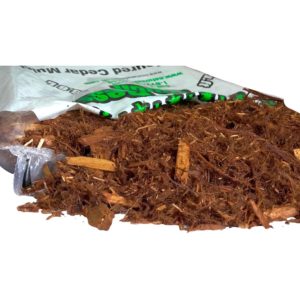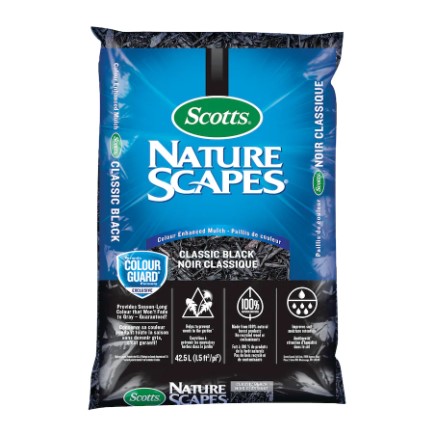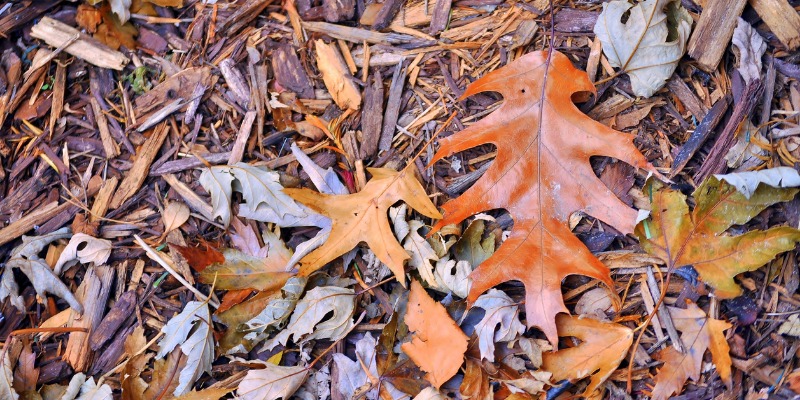In the spring and summer, we use mulch to retain moisture in the soil, keep the weeds at bay and add a beautiful, consistent texture to our landscaping. In the winter, mulch takes on a whole new role in keeping our gardens healthy.
Mulch to Regulate Soil Temperature
Once the ground freezes your garden plants go into a dormant mode where they save energy and wait for the sun to return in the spring.
However, the winter sun is intense and can heat up the first few inches of soil by mid-day. This can trick newly planted plants into thinking spring is coming.
They’ll expend energy, but their new shoots will be frozen by nightfall and they’ll be less healthy or even dead, come springtime. The same can happen to bulbs, crowns, and the surface roots of any plant.
One last layer of mulch in the fall will keep the ground from heating under the winter sun. The mulch will insulate the shallow parts of the plants from the heat, so they don’t sense spring is arriving until it really does.
Protect Against Freeze/Thaw Cycles
The warm noon soil presents other disadvantages for plants, giving you reasons to spread mulch in the late fall. Constant thawing and refreezing causes “heaving,” a process where the soil expands, contracts and unsettles the plant’s roots.
When their roots don’t have a proper grip in the soil, plants can slowly be pushed higher up in the soil, exposing their crown and roots to colder temperatures, and even in some cases to the harsh winter wind. This process can damage and even kill plants.
A layer of mulch makes heaving less likely and ensures that even if the plant’s roots and crown do peek above the soil level, they’ll still be somewhat protected by the mulch.
If you notice some plants have been pushed upwards over the winter, you can always add another inch or so of mulch to protect them.
Winter Mulch Choices
Now that you understand the value of winter mulch, you may be wondering if you should invest in mulch designed for winter, or if your spring and summertime mulch is enough. The good news is that the same mulch you use throughout the year is perfect for winter too.
Grand River Natural Stone offers several mulch varieties that you can use in the winter:
Cedar
Pine
Economy Mix
Black Dyed
Red Dyed
Removing Winter Mulch Once Spring Arrives
Winter mulch should be applied thickly enough to hold moisture out of the ground. But come spring, you want rain to start to seep back into the soil. So, you’ll want to remove your winter mulch at the end of winter or break up the clumps caused by ice and wind, so water can reach the soil again.
Try Natures Best Red Cedar Mulch currently on Sale $6.99
Scotts Black Mulch $5.99
For larger projects try our 5.5 cuyd/1800lbs of Red Cedar Mulch $279.99





